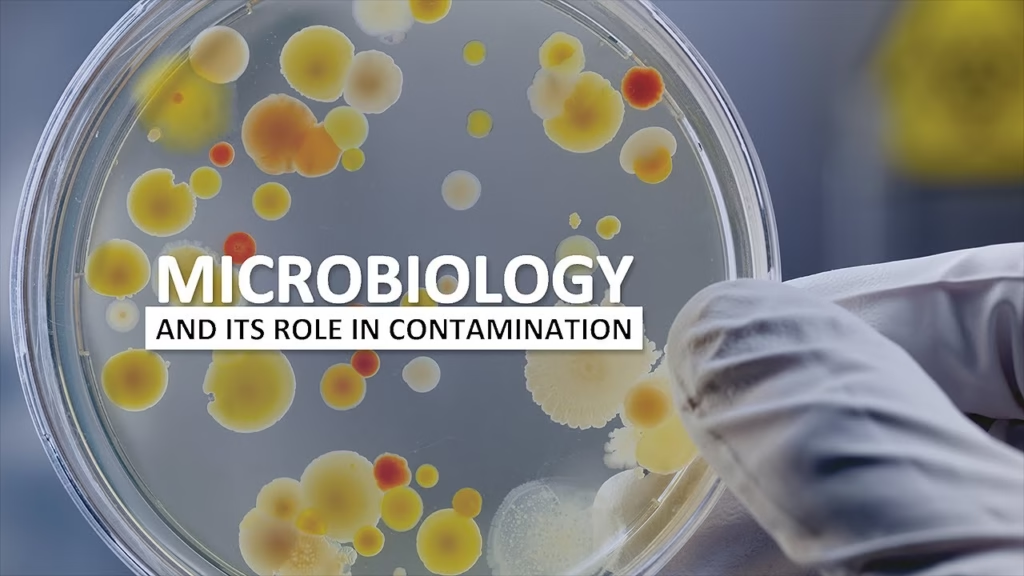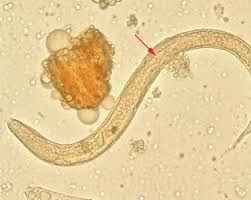
Common bacteriology Laboratory Contaminants In bacteriology labs, it is crucial to differentiate between true pathogens and common contaminants. Contaminants are microorganisms that are not the cause of disease but can Read More …
Simplifying Allied Health Learning.

Common bacteriology Laboratory Contaminants In bacteriology labs, it is crucial to differentiate between true pathogens and common contaminants. Contaminants are microorganisms that are not the cause of disease but can Read More …

Introduction The Anti-Streptolysin O (ASO) test is a vital diagnostic tool for measuring antibodies produced against Streptolysin O (SLO), a cytotoxic enzyme secreted by Streptococcus pyogenes. These antibodies indicate exposure Read More …

Introduction The Widal test is a serological diagnostic method widely used to identify typhoid and paratyphoid fevers, collectively known as enteric fever. The bacteria Salmonella typhi and Salmonella paratyphi cause these diseases. The Read More …

Introduction Intestinal nematodes (roundworms) are among the most common parasitic infections worldwide, affecting millions of people, particularly in tropical and subtropical regions. Their laboratory diagnosis involves a combination of methods Read More …

Introduction Strongyloides stercoralis is a parasitic nematode (roundworm) that causes strongyloidiasis. It is unique among intestinal helminths because it can complete its life cycle inside and outside the human host. Read More …